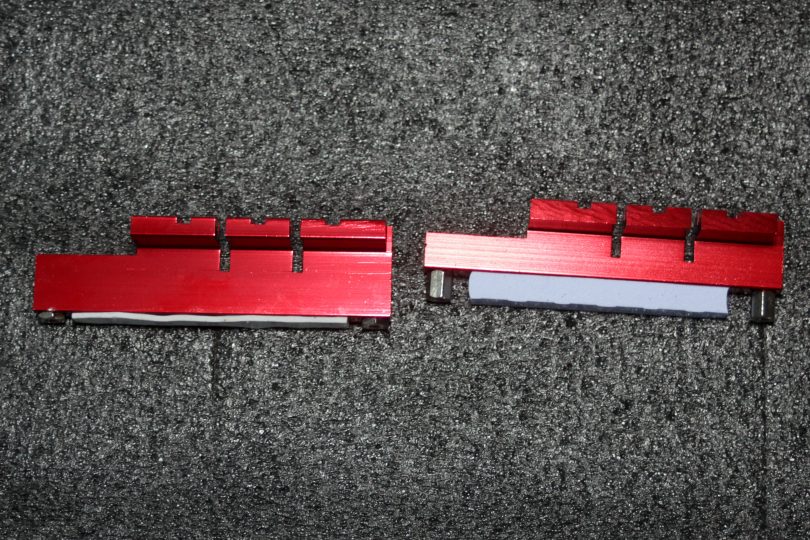The wattage I've given to you were from a watt meter plug, not hwmonitor (thus the complete system comment).
I seem to remember that the values given by hwmonitor were higher, so I would not completely trust hwmonitor on this, as it relies on the motherboard sensors which, from past experiences, can be misleading at times.
If I were you, I would try to find a watt meter plug and check with it if the wattage for the whole system is consistent with what you see in hwmonitor for the cpu alone.
With stock settings and turbo enabled for the two versions, I don't see how a 2400GE(45w) would hit 100w+ alone, when my 2400G(65w) hits 110w for the whole system !
EDIT :
Also, do not forget that TDP is different from wattage consumption. TDP is the maximum heat the cpu will dissipate on the heatspreader, value which is also given in the characteristics of a cpu cooler (example : the noctua nh-l9i is given for a max TDP of 65w).
So even if it's linked to the consumption (higher wattage = higher dissipation), it's not directly equal. You could have a higher wattage consumption than 65w even for a 65w TDP rating.
I seem to remember that the values given by hwmonitor were higher, so I would not completely trust hwmonitor on this, as it relies on the motherboard sensors which, from past experiences, can be misleading at times.
If I were you, I would try to find a watt meter plug and check with it if the wattage for the whole system is consistent with what you see in hwmonitor for the cpu alone.
With stock settings and turbo enabled for the two versions, I don't see how a 2400GE(45w) would hit 100w+ alone, when my 2400G(65w) hits 110w for the whole system !
EDIT :
Also, do not forget that TDP is different from wattage consumption. TDP is the maximum heat the cpu will dissipate on the heatspreader, value which is also given in the characteristics of a cpu cooler (example : the noctua nh-l9i is given for a max TDP of 65w).
So even if it's linked to the consumption (higher wattage = higher dissipation), it's not directly equal. You could have a higher wattage consumption than 65w even for a 65w TDP rating.
Last edited:


